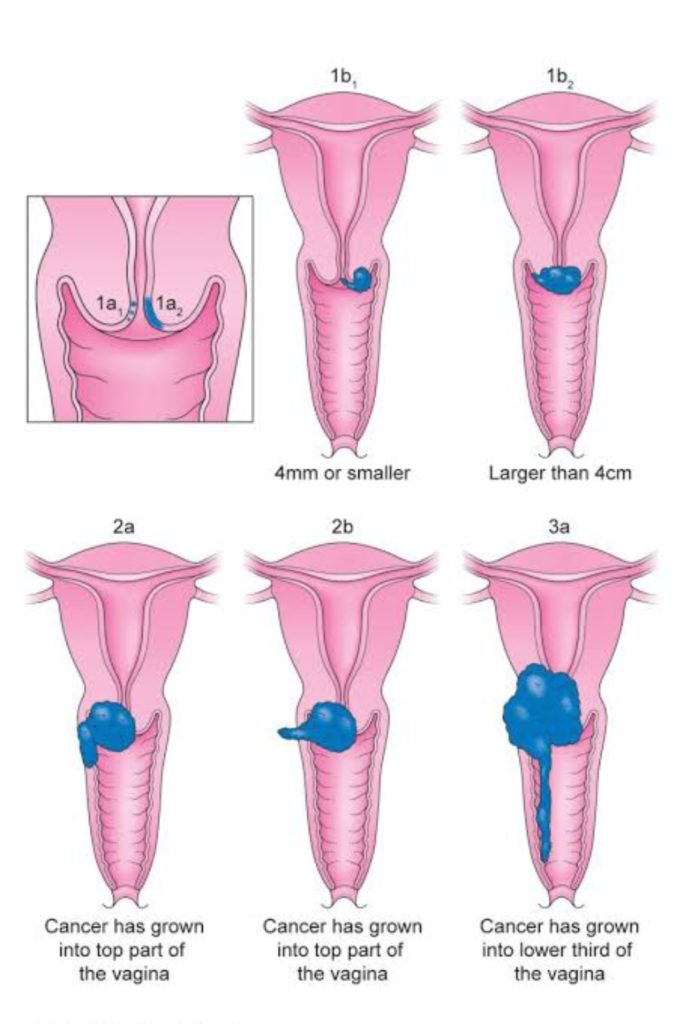DR SACHIN VIJAY NAIKNAWARE. ( GYNAEC LAPAROSCOPIC SURGEON)
————————————————————————————————————————————————————————
cancer cervix is preventable disease but unfortunately not yet prevented. Globally, cancer cervix remains an important cause of mortality among young women. cancer cervix is second most common female cancer in developed countries, but in most of the developing countries including india it is the most common malignancy in women and a major public health problem.
In india it is the commonest cause of death among women between the age of 20-40 years.in india more than 90000 women suffer annually from cancer cervix and majority of then report in advanced stage of disease. an easy accessibility of cervix to direct visual examination and cytological evaluation and high cure rate of cancer cervix when detected in early stage of disease , routine screening and early diagnosis and management is the backbone for decreasing mortality and morbidity associated with cancer cervix.
the causative agents of cancer cervix though defiantly not known a casual association between some factors such as age of patients and race,socioeconomic conditions, marriage and childbearing, sexual and reproductive factors and some infectious agents such as papilloma virus is being established.
Clinically, invasive cervical cane is more likely to produce symptoms than its precursor intraepithelial neoplasia. the commonest symptoms being haemorrhage-which is in the form of irregular bleeding and postcoital bleeding, the other common symptoms being yellow foul smelling discharge , pain and cachexia.urinary and rectal symptoms such as hematuria and rectal bleeding can occur in an advanced stage of disease. clinically on examination cervix is friable, bleeds on touch,fixed and immobile, and some induration of cervix.
Staging of cancer is an important aspect of management as to determine the prognosis,line of management and to compare the results. most important determinant of prognosis is FIGO STAGING. along with FIGO staging other prognostic factors are cavity extension, regional and pelvic lymph node metastasis, histological tutor grade and parametrical and lymphovascular space invasion were found to be independent prognostic factors.
Early diagnosis is the mainstay of treatment.the American society has recommended that asymptomatic women 20yrs and above and those younger than 20 yrs who are sexually active have PAP SMEAR annually for 2 consecutive years and atleast once every 3years until the age of 65 years.if cytological smear shows atypical or mild dysplasia, the smear should be repeated no sooner than 2years to allow representative cellular exfoliation. if cytological smear shows dysplasia or malignant cells directed biopsies at colposcopy should be carried out immediately.
Prevention is the best management.it involves identifying the casual factored eliminating them or preventing those from exerting their effects. first step in prevention is identifying high risk women which is defined as having early age at sexual intercourse and first pregnancy,too many births, por local hygiene, low socioeconomic status and sexually transmitted agents such as HPV & HSV.

If cervix cancer is diagnosed following is a general treatment plan for cancer cervx.
STAGE 1A1:- simple hysterectomy, abdominal or vaginal or cervical coniasation.
STAGE1A2, IIA, IB1, NONBULKY IIA :- radical hysterectomy , bilateral pelvic lymphadenectomy with post-op radiation plus or minus concurrent chemotherapy in selected high risk patients.
STAGE IIB TO IVA :- full external and intracavitary radiation with concurrent chemotherapy.
STAGE IVB:- palliative chemotherapy.
- for individual patients recommendation for treatment can vary depending on clinical circumstances.
The purpose of this topic writeup is to give more attention for early diagnosis of of cancer when still curable and to decrease the morbidity and mortality associated with it as surgery performed in early stage of disease after assessment and at proper time give good results and postoperative radiotherapy can achieve good results in patients positive lymph node status and in advanced stage of disease chemo-radiotherapy is associated with improved survival rates and quality of life
CHALLENGES FOR THE FUTURE INCLUDE TAILORING THE TREATMENT ACCORDING TO STAGE OF DISEASE ,AVOIDING OVER TREATMENT AND REDUCING MORBIDITY AND MORTALITY.
